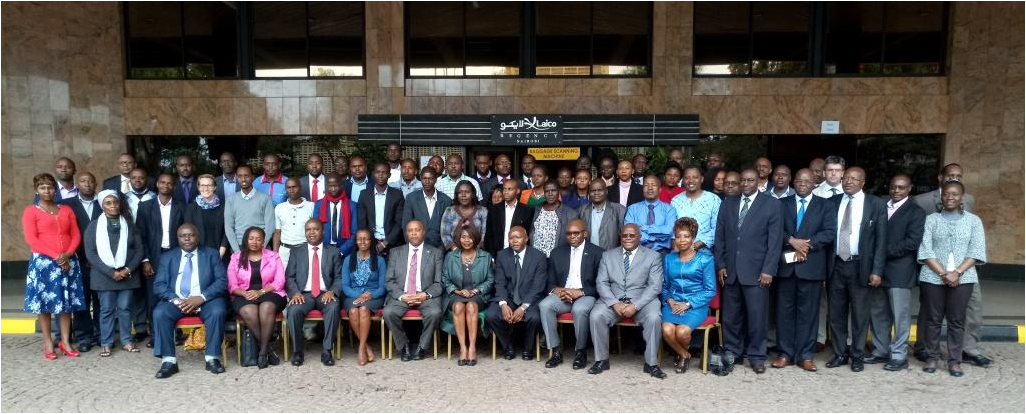
The economic survival of various production sectors, and of the people depending on those sectors for their livelihoods, is intricately connected to the conservation and sustainable use of biodiversity. As such, biodiversity is considered as part of the functioning of the productive sectors.
However, over the years we’ve witnessed the rapid decline of biodiversity. One of the major challenges in preventing this decline has been finding ways of addressing the issue where it matters most; the production sectors that exert the greatest pressure. It is out of this realization that a forum was convened in Nairobi in July to deliberate on mainstreaming biodiversity into sectors of the economy.
The forum dubbed the “National Dialogue on Biodiversity Mainstreaming into Sectors of the Economy” was organized by the Ministry of Environment and Natural Resources as part of the National Forest Program (NFP). Stakeholders from various sectors of the economy who attended the forum at the Laico Regency Hotel on July 25 were in agreement that biodiversity conservation is a pre-condition for achieving sustainable development. As such, it needed to be integrated into all sectors and across sectors: biodiversity needed to be mainstreamed.
Addressing stakeholders during the forum, the Cabinet Secretary, Ministry of Environment and Natural Resources Prof. Judi Wakhungu explained that forests hosted the bulk of biodiversity in addition to providing water, sequestrating carbon, providing a base for renewable energy, hydro generation and supporting other sectors of development.
“In spite of the centrality of forests in environmental stability, forest ecosystems are increasingly under threat from the ever growing pressure to meet human needs,” noted Prof. Wakhungu.
Major threats to Kenyan forests include competition for land due to agricultural expansion, settlement and urban development, excessive extraction of forest products, unsustainable charcoal production and overgrazing.
Prof. Wakhungu informed stakeholders that the government was developing a National Biodiversity Strategy and Action Plan (NBSAP) and also the first National Wildlife Conservation Strategy. She added that implementation of the strategies and programmes would require substantial budgetary allocation and called for a creative mix of resources from all stakeholders including public, private sector and local communities.
Participants in the forum were drawn from government agencies, the private sector, civil society and community forest associations (CFAs).
Nature Kenya in collaboration with the Ministry of Environment and Natural Resources is organizing a similar forum to discuss implementation of conservation initiatives and biodiversity mainstreaming in the Taita Hills and Tsavo conservation area.
